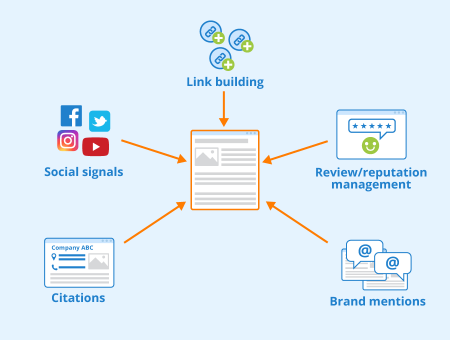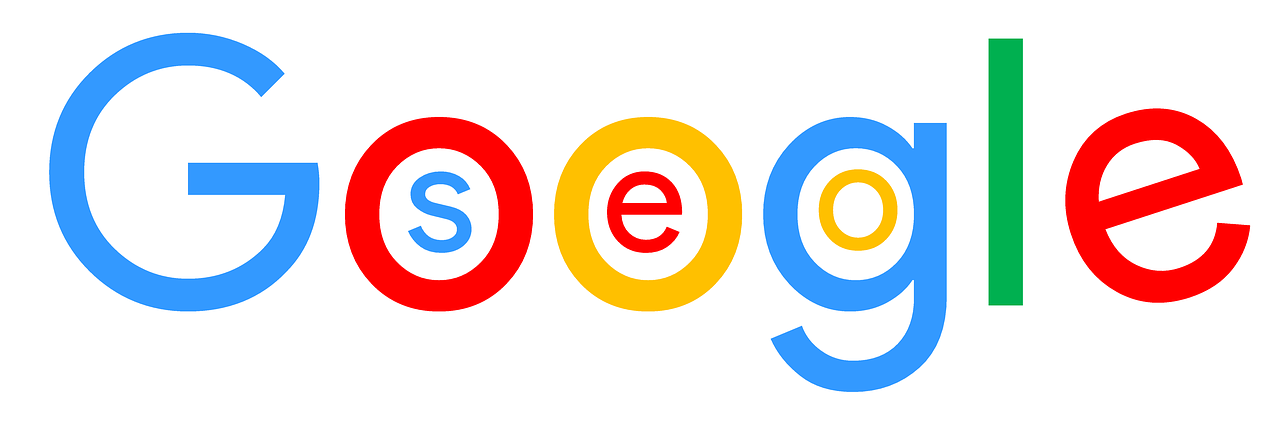Search Engine Optimization (SEO) is the process of improving a website's visibility on search engines like Google, Bing, and Yahoo. Effective SEO strategies help businesses attract organic traffic, rank higher in search results, and increase conversions. Whether you're a beginner or an experienced marketer, this guide covers everything you need to know about SEO.

1. Understanding SEO
1.1 What is SEO?
SEO is a digital marketing strategy that optimizes website content to improve its ranking on search engine result pages (SERPs). It involves on-page, off-page, and technical SEO techniques to enhance a website’s visibility.
1.2 Why is SEO Important?
Increases Website Traffic: Higher rankings lead to more visitors.
Builds Credibility and Trust: Websites on the first page of search results are seen as more authoritative.
Boosts User Experience: SEO improves site speed, mobile-friendliness, and navigation.
Drives Long-Term Results: Unlike paid ads, SEO provides sustainable traffic over time.
2. Types of SEO
2.1 On-Page SEO
Optimizing elements on your website to improve rankings.
Keyword Optimization: Using relevant keywords naturally in content.
Title Tags & Meta Descriptions: Writing compelling, keyword-rich headlines and descriptions.
Internal Linking: Connecting pages within your site to improve navigation.
Image Optimization: Using alt text, compressing images, and ensuring fast load times.
Mobile Optimization: Ensuring your site is mobile-friendly for better user experience.
2.2 Off-Page SEO
Improving rankings through external efforts.
Backlinks: Gaining high-quality links from reputable websites.
Social Signals: Engaging on social media platforms.
Guest Blogging: Writing articles for other websites to build authority.
Brand Mentions: Getting recognized by other websites and influencers.
2.3 Technical SEO
Enhancing a website’s backend for better search engine crawling and indexing.
Site Speed Optimization: Reducing load times for a smoother user experience.
XML Sitemaps: Helping search engines understand your site’s structure.
HTTPS Security: Securing your site with SSL encryption.
Structured Data Markup: Providing additional context to search engines.
3. Keyword Research
3.1 What is Keyword Research?
Keyword research involves identifying search terms people use to find information online. Choosing the right keywords ensures your content aligns with user intent.
3.2 Tools for Keyword Research
Google Keyword Planner – Free tool for keyword ideas.
Ahrefs – Advanced tool for keyword competition analysis.
SEMrush – Offers keyword tracking and competitor analysis.
Ubersuggest – Provides keyword suggestions and search volume data.
3.3 Types of Keywords
Short-Tail Keywords: One or two words with high competition (e.g., “SEO tips”).
Long-Tail Keywords: Phrases with lower competition but higher intent (e.g., “best SEO tips for beginners”).
LSI Keywords: Related terms that support the main keyword.
4. SEO Content Strategy
4.1 Creating High-Quality Content
Content is the backbone of SEO. Search engines favor content that is:
Relevant: Answers user queries effectively.
Original: Free from plagiarism and duplicate content.
Engaging: Includes images, videos, and infographics.
Well-Structured: Uses headings, bullet points, and short paragraphs.
4.2 Content Types for SEO
Blog Posts: Informational content optimized for keywords.
Evergreen Content: Timeless articles that remain relevant.
Case Studies: Showcasing real-life success stories.
Guides & Tutorials: Step-by-step instructions on a topic.

5. Link Building Strategies
5.1 What is Link Building?
Link building is acquiring hyperlinks from other websites to improve authority and search rankings.
5.2 Effective Link Building Techniques
Guest Posting: Writing articles for reputable websites.
Broken Link Building: Finding broken links and suggesting your content as a replacement.
Influencer Outreach: Collaborating with bloggers and influencers.
Content Marketing: Creating shareable, high-quality content.
6. SEO Analytics & Monitoring
6.1 Importance of SEO Tracking
Regular monitoring helps identify what’s working and where improvements are needed.
6.2 Best SEO Analytics Tools
Google Analytics: Tracks website traffic and user behavior.
Google Search Console: Provides insights into site performance and indexing.
Ahrefs & SEMrush: Advanced tools for backlink and keyword analysis.
Moz: Monitors domain authority and ranking fluctuations.
7. Common SEO Mistakes to Avoid
7.1 Keyword Stuffing
Overusing keywords unnaturally can lead to penalties from Google.
7.2 Ignoring Mobile Optimization
Google prioritizes mobile-friendly websites in rankings.
7.3 Neglecting Page Speed
Slow websites have higher bounce rates and lower rankings.
7.4 Duplicate Content
Using the same content across multiple pages harms SEO performance.
7.5 Buying Low-Quality Backlinks
Spammy backlinks can lead to Google penalties and ranking drops.
8. Future of SEO
8.1 Voice Search Optimization
With the rise of smart assistants (Alexa, Siri, Google Assistant), optimizing for voice queries is crucial.
8.2 AI and SEO
Google’s AI algorithms, like BERT and RankBrain, emphasize natural language processing and user intent.
8.3 Video SEO
Video content continues to dominate. Optimizing YouTube videos and adding transcripts can boost rankings.
8.4 Core Web Vitals
Google’s emphasis on user experience metrics like page speed, interactivity, and visual stability is shaping SEO trends.
Conclusion
SEO is a continuous process that requires patience, strategy, and adaptability. By focusing on on-page, off-page, and technical SEO, businesses can improve search rankings and drive organic traffic. Regular monitoring, high-quality content, and ethical link-building are essential for long-term success.
FAQs
Q1: How long does SEO take to show results?
SEO typically takes 3-6 months to see significant improvements, depending on competition and effort.
Q2: Is SEO better than paid advertising?
SEO provides long-term benefits, while paid ads offer immediate but temporary traffic.
Q3: Can I do SEO myself?
Yes, with research and the right tools, anyone can implement basic SEO strategies.
Q4: How often should I update my website for SEO?
Regular updates, at least monthly, keep content fresh and relevant for search engines.
Q5: What is the best free SEO tool?
Google Search Console and Google Analytics are excellent free SEO tools for tracking performance.
Start optimizing your website today and watch your rankings soar! 🚀





0 Comments